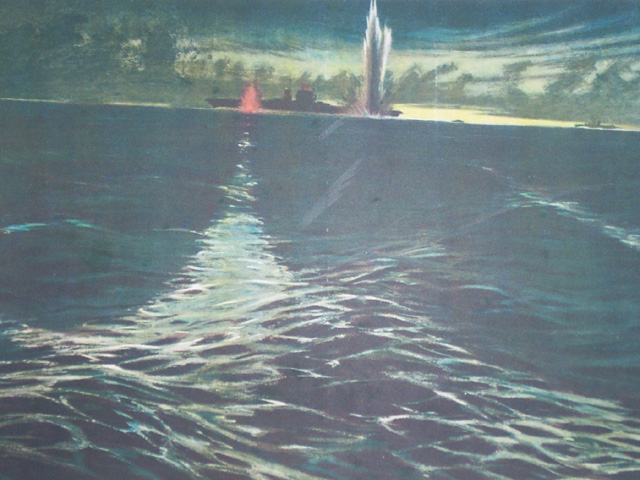
Earlier episodes of the Guadalcanal Campaign : Intro & Coral Sea, August, September, October, November
And we are finally wrapping up the campaign. The last two months had been, frankly, more boring than exciting, due to the Japanese not playing along. They only tried a significant landing on Guadalcanal once, and their carriers have not left the seas surrounding Truk. As I start December, I know I have won the campaign, but I am still hoping to take decisive action against the Japanese Carrier Fleet – provided the Japanese Admiralty cooperates.
1st to 13th of December, 1943 : Submarine warfare
For the first two weeks of December, it is business as usual. I manage to sink a couple of subs (the I16 and the I26), including one that got a liiiiitle bit too close to the USS Enterprise .

That’s not enough to make the sea safe from the submarines, and I lose the destroyer Morris to them and later the transport ship McCawley.
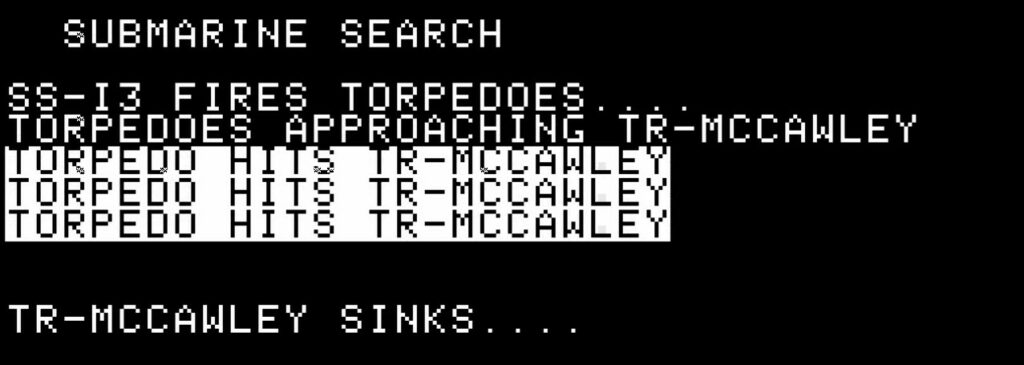

That’s all that happens. No battleship attack, only a handful of Bettys raids, and no major landing attempt.
On the 10th of December, something absolutely unique so far occurs :

Destroyer depth charges hit something. Sadly, SS-38 was one of my submarines.
I immediately compensate by finding and sinking the SS-I9, and one of my submarines sinks the destroyer Mutsuki on top of that. Your move, Japan !
And the 13th, Japan moved – its carrier fleet left the close proximity of Truk. Finally.
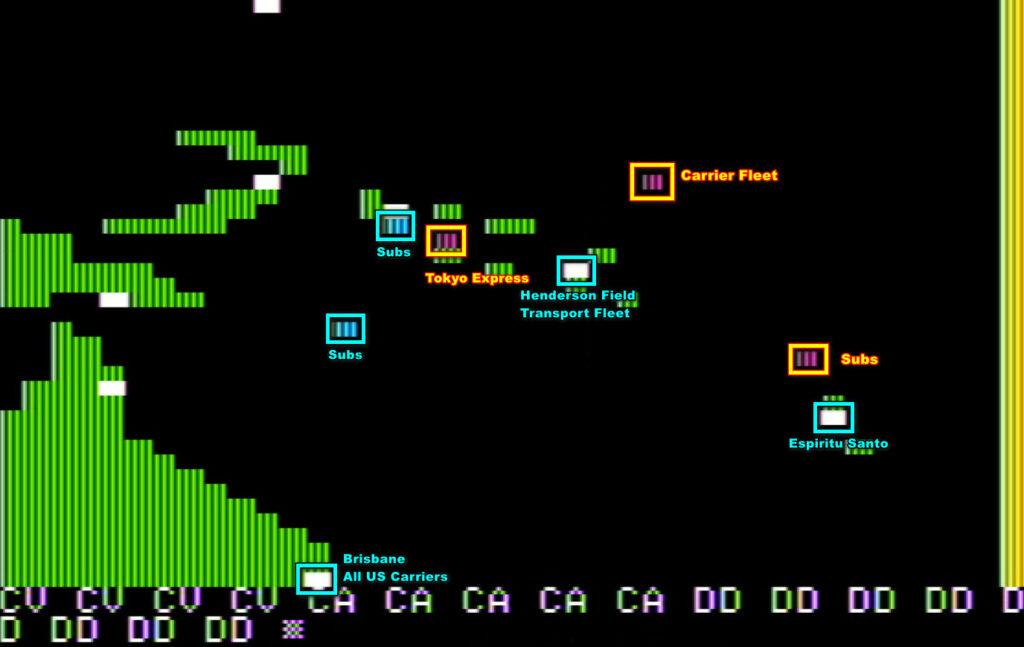
14th to 17th of December 1943 : The Final Showdown
The Japanese fleet has been spotted, but my carriers are in Brisbane. The Saratoga, the Enterprise and the Hornet are ready, the Wasp is still training pilots. The first step is to transfer the three available carriers to Espiritu Santo, refuel there (if I arrive with enough fuel/endurance, refueling is instantaneous), and then go after the carriers with as much fuel as I can.
I have another matter of immediate importance : my transport fleet in Henderson Field cannot come back through the usual route, so it goes full South.
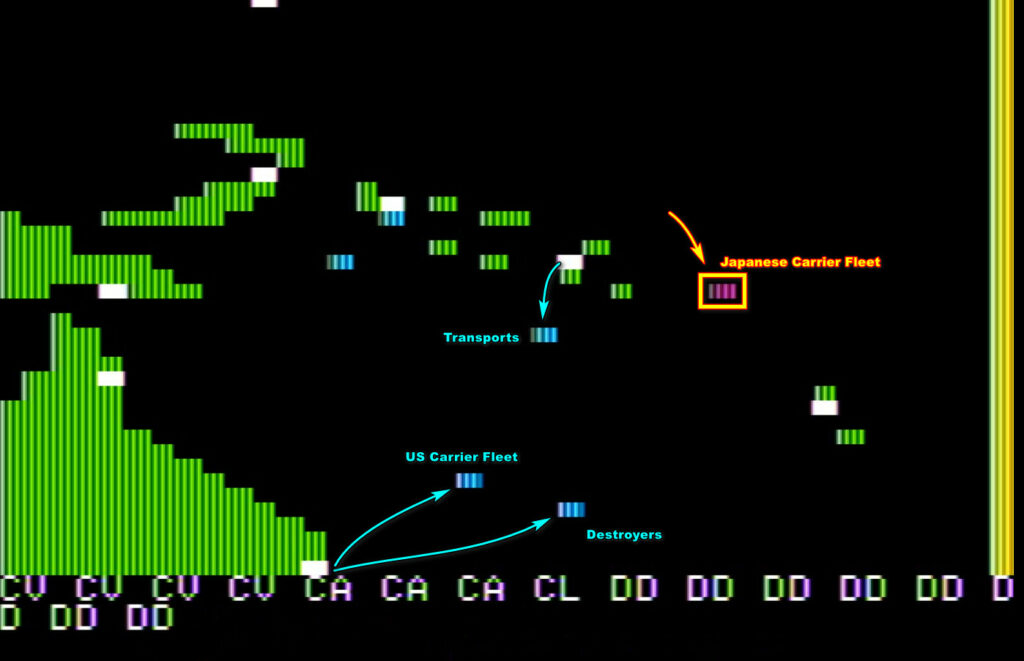
The transport fleet avoids the carrier, but not the submarines hidden in this area.
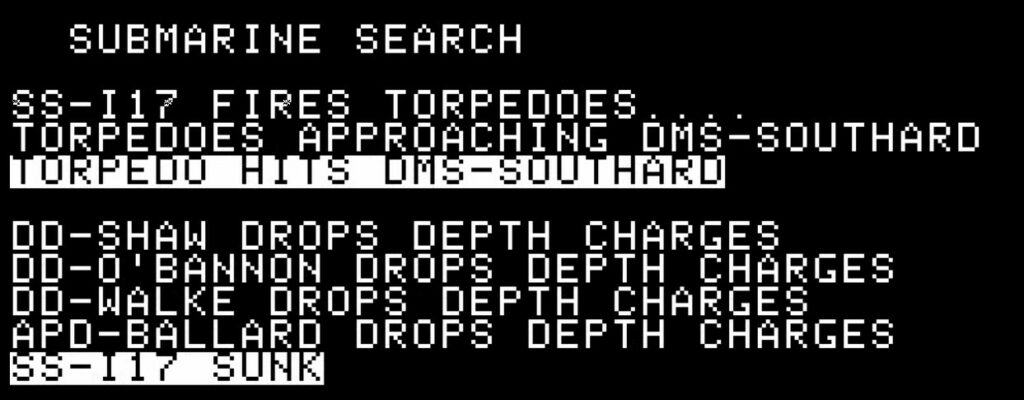
At least, I got the submarine. Depth charges working twice in less than 3 days – there must be something in the water.
Meanwhile, my B-17s from Espiritu Santo harass the Japanese fleet, which turns out to include my old nemesis the Shōkaku, in addition to some newcomers : the Jun’yō, the Hiyō and the light carrier Zuihō. The Japanese ships represent a carrying capacity of 220 planes, against 288 for my three carriers.
The B-17 is even more inaccurate than the Betty, so they are totally ineffective against the carriers and are shot down in droves, but they whittle down the number of Japanese fighters somewhat. It is not like I have anything else useful to do with almost one hundred B-17s anyway, so if I shoot down one fighter for every 5 B-17 destroyed, I’ll do it. After all, I am not the one writing the letters to the families.
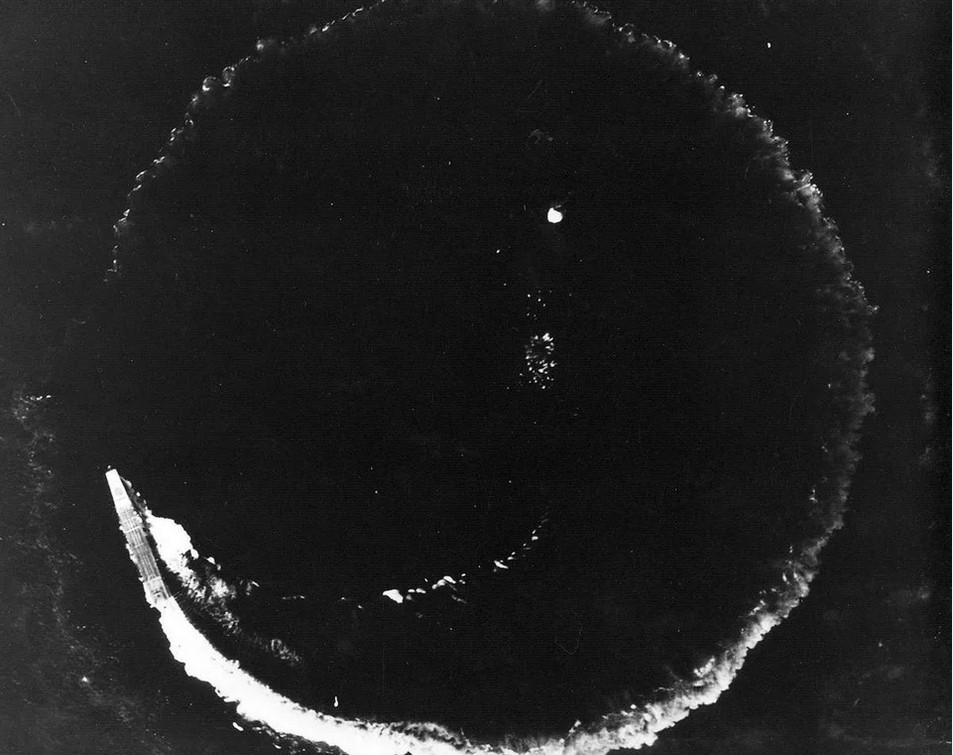
The 16th, all task forces (transport ships, destroyers, carriers and escorts) arrive safely in Espiritu Santo. The Japanese Carrier Fleet is still hanging out in the same general area, not daring to get any closer to my base.
Well, my hardy sailors are going to go fetch the Japanese where they are. The Shōkaku sank the Yorktown, she escaped me twice earlier in this campaign, now she is going down !
I divide my forces in 3 groups :
- The Carrier Fleet itself, with an escort made of the ships with the best AA capabilities,
- A fast destroyer group, sent the night of the 15th already, whose purpose is to intercept the Japanese fleet and force it in surface combat, ideally at night,
- A cruiser group, slower, but that will try to do exactly the same thing,
Intercepting enemy fleets with your own surface ships is quite difficult in Guadalcanal Campaign : you need to end on the same tile as the enemy at the end of the turn. This was not a problem so far when fleets of both sides converged toward Guadalcanal, but here it means I must rely on chance. On the other hand, in real-life, my destroyer force would have been quickly detected and attacked by myriads of planes.
In any case, my attempt is a failure :

But there is worse : my carrier ended up at 6 in distance from the Japanese, which means they can attack me (their planes have 6 in range), but I cannot attack them (my planes have 5 in range). Those sailors and pilots who survived the Battle of the Coral Sea suddenly all have fits of PTSD.
But I am exactly in the same situation as during the Battle of the Coral Sea. First, I don’t have all my planes on deck, full of fuel and ammunition. Furthermore, a handful of fighters from Espiritu Santo can support my fleet ; though on the other hand I decided to keep the fighters of the Saratoga in reserve so I won’t be using them. Finally, while the total enemy force is comparable to what I encountered during the Battle of the Coral Sea (85 bombers and 54 escort fighters), they are attacking in 4 waves, and due to the way the game works, every single of those waves is attacked by my 45 Wildcats (minus those lost in combat for the latter waves).
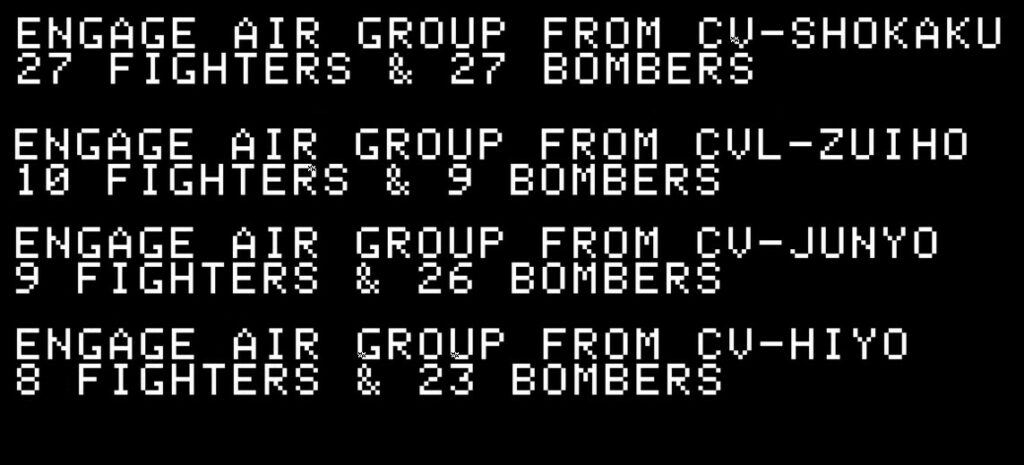
A lot of Japanese are shot down, and as they return they are down to 50 bombers and 44 fighters.

Of course, my carriers received some hits, but I got lucky : no torpedo hit, only a bomb on the Hornet, a bomb on the Enterprise and three on the Saratoga. I lost 15 fighters from my carriers. Not great, but this even distribution of the Japanese bombs mean all my carriers are still operational :
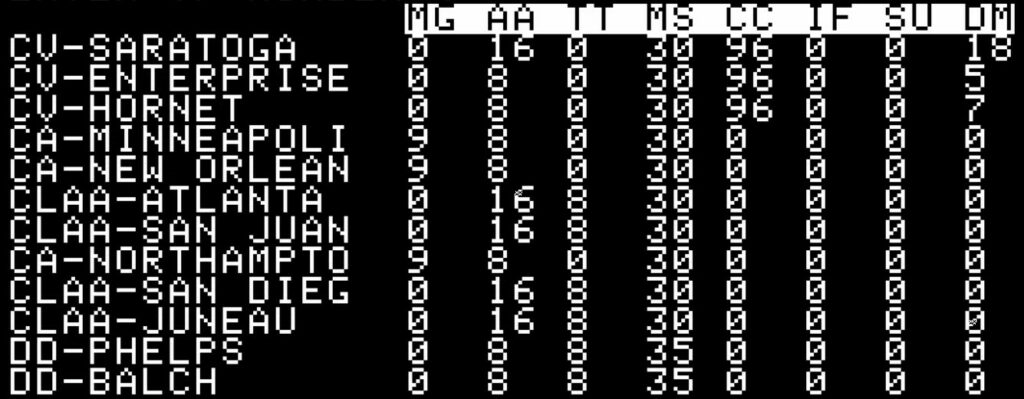
The hunt is still on !
I don’t find the Japanese during the night, though I am so confident that I will destroy the Japanese fleet that I launch a fast resupply mission for Guadalcanal.
The morning of the 17th, well, here they are :

I can’t afford to be damaged anymore, so all my fighters are on combat air patrol, which means my bombers will attack unescorted, against 48 Japanese fighters.
As they fly toward the Japanese carriers, my pilots probably see the Japanese bombers flying toward my carriers.
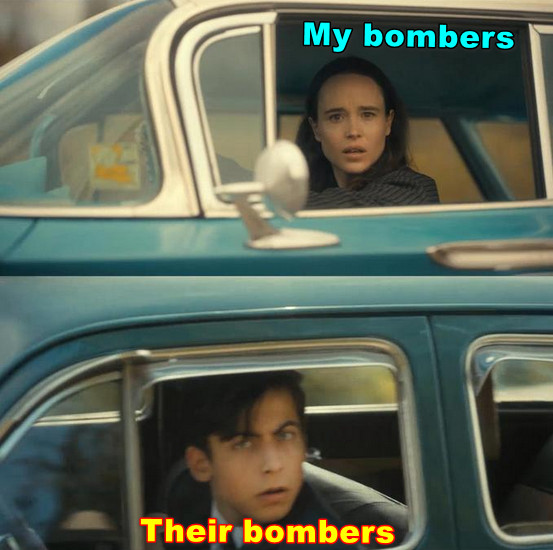
- Out of the 60 bombers sent by the Saratoga, only 42 make it through the gauntlet of roughly 50 Japanese fighters ; they hit the Shōkaku 3 times with bomb and the Hiyō once.
- Out of the 63 bombers sent by Enterprise, 41 make it through. Both the Hiyō and the Jun’yō are hit 3 times by bombs
- Finally, only 23 bombers from the Hornet original 40 make it through, and they hit the Shōkaku only once, but what a hit :
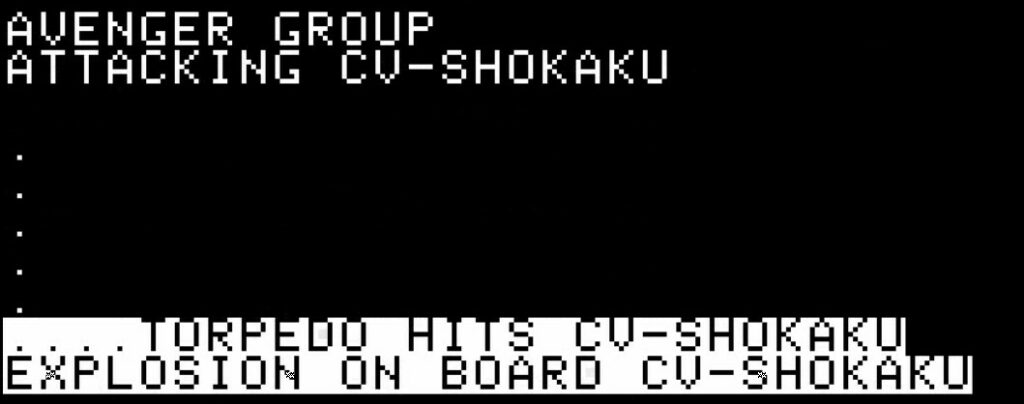

As for the Japanese planes, 78 US fighters are waiting for them ! 10 surviving bombers from the Shōkaku manage to hit the Hornet and the Enterprise once each, and that’s pretty much all.
Only 25 fighters and 11 bombers are able to fly back to their fleet, but they have nowhere to land on. The Japanese fleet carriers are so damaged that the Japanese pilots must ditch their planes in the sea, except a handful who can land on the small Zuihō (maximum capacity : 30 planes).

A perfect day…

… correction, an almost perfect day !
Despite the bombs and that surprise torpedo, the 3 US carriers can still operate their planes !

The battle is won ! Now I have to finish the job.
18th to 19th of December, 1943 : The pursuit
It is obvious that the Japanese will try to flee, and it is also obvious that the Shōkaku is so crippled she won’t go fast, and knowing the Japanese I assume she will be left behind. I let the destroyer find the Shōkaku , while I sail North.
As expected, during the night, my destroyers find the limping Shōkaku and sink her with secondary guns :
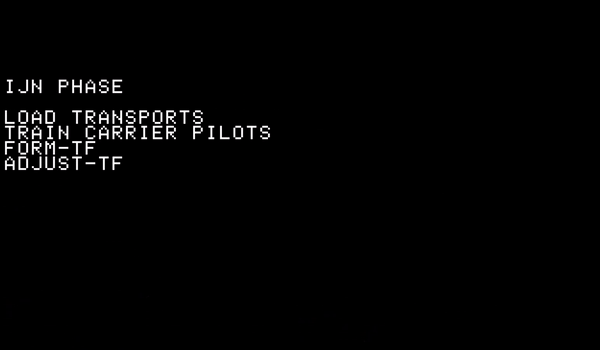
What a humiliating end for the pride of the Japanese carrier fleet.

On the 18th, I find the Japanese Carrier Fleet again, retreating as expected :
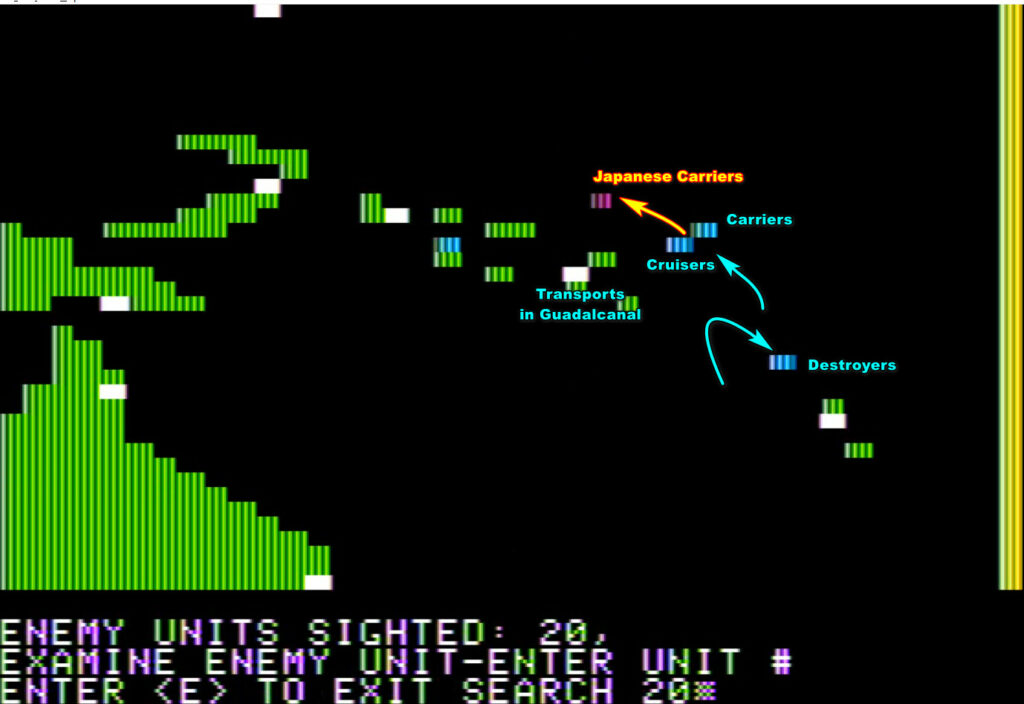
I send almost all my planes, except a handful of fighters. The only defence the Japanese put up are 15 fighters from the Zuihō – insufficient. My bombers hit the Zuihō twice, the Hiyō three times and the Jun’yō once, then the Japanese disappear in the night again, their last fighters having ditched as well.

Using my last reserve of fuel, I pursue one more night well into Rabaul’s Bettys range :

The Zuihō and the Jun’yō are out of range, but the Hiyō is crippled and lagging behind. She is sunk unceremoniously.
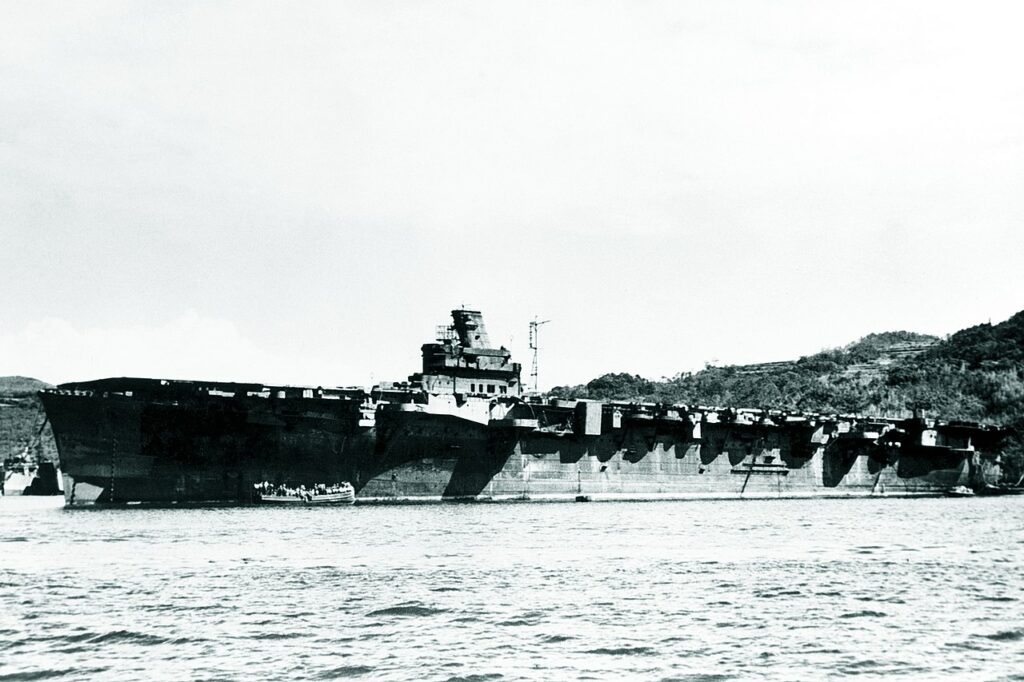
Bettys attack as expected, but they cause no damage, and my carriers turn back and head home. They have done their job well. Of course, they have no fuel left, so it will take them days to arrive at Espiritu Santo, I am even worried the Zuikaku would appear from nowhere and attack, and I spend the following days trying to transfer as many planes as possible on the Enterprise.
20th to 31st of December, 1943 : The final turns no one cares about
The campaign for Guadalcanal is over. The Japanese are soundly defeated, but I still have 11 days to play through.
The cruiser fleet has not seen any action and is still almost full in fuel, so I opportunistically use it to intercept a Tokyo Express on the 23rd. It does not turn out as well as I expected :

That’s two destroyers of each side, but two other Japanese ships (the light cruiser Jintsū and the destroyer Asashio) are so damaged that they are in range of Henderson Field when the day comes, and they are both sunk.

I get greedy, and try to land supplies during the night of the 26th. A bad idea, I lose three more destroyers (the Anderson, the Perkins and the transport destroyer Manley) to another Tokyo Express. In exchange, I sink the Urakaze and the Hakaze the following day.
On the 27th, as my carrier fleet is doing victory laps in front of Espiritu Santo, this happens :

The Enterprise moves from 19% damage to 88% damage, though the following turn she is in Espiritu Santo. She is out for 6 months – happily enough the game is over.

Finally, on the 28th, the Wasp attacks a Japanese battleship group. The battleship Kongo is somewhat damaged, but one of her escorts, the light cruiser Yūbari, is sunk. She is the last victim of the campaign.
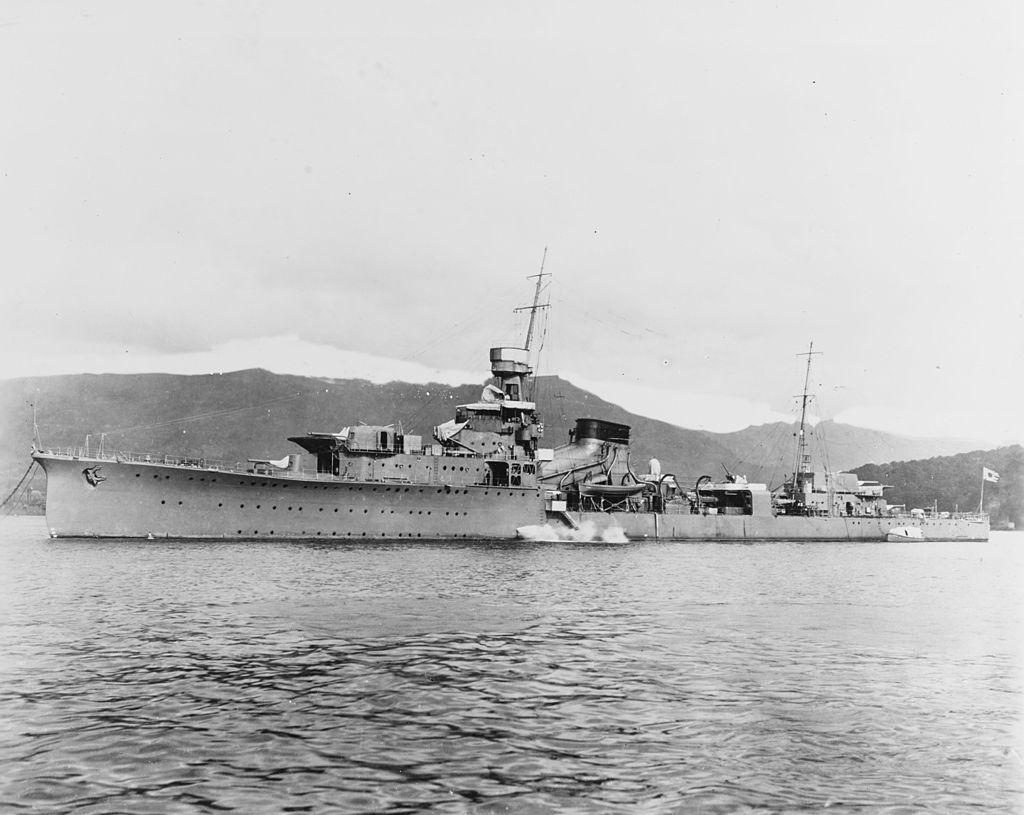
The campaign ends with 42 800 US Marines on Guadalcanal, and not one Japanese. With the massive Japanese losses, this is a crushing victory :

The game allows to check the situation of the Japanese at the end of the campaign, so I checked the Japanese carriers, the Zuikaku was repaired but training new pilots, the Zuihō was out for 16 more days, whereas the Jun’yō was 44 days from coming back. Both the Zuihō and the Jun’yō would have had to train new pilots, though. The only other Japanese capital ship with damage was the Battleship Kongo – 72 days to repair.
I also checked the Japanese transports : they were full of infantry, but for some reason the Japanese never sent them. Checking earlier savestates (you can “end the game” early and then look at the Japanese situation), those transports, available to the Japanese since the beginning of November, were 75% loaded with men since the middle of November, but the AI never sent them. Worse, since November any infantry made available to the AI was loaded on those transports, letting the destroyers run dangerous transport missions… with only supplies. So it’s fair to say this game’s AI isn’t going to earn very high marks.
The AI failures, more obvious in the lack of transport run but really in all domains, sucked the pleasure of the victory, still I am happy to have finished this campaign. Next time: Review & Rating.
Final losses :


Total time to complete the campaign : 15 hours 30 minutes (about 20% of which was actually fun)